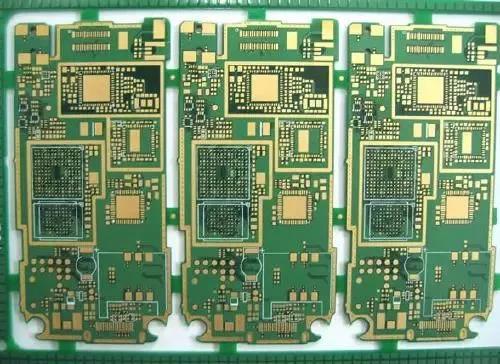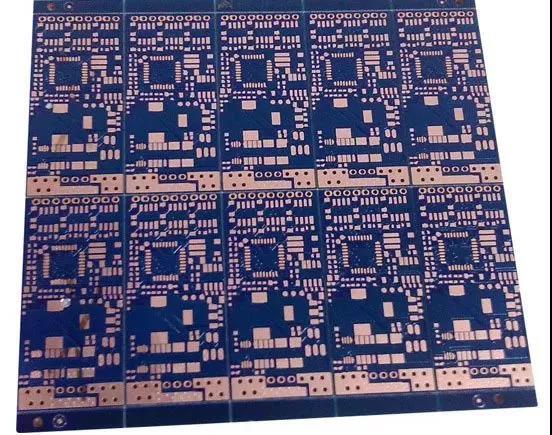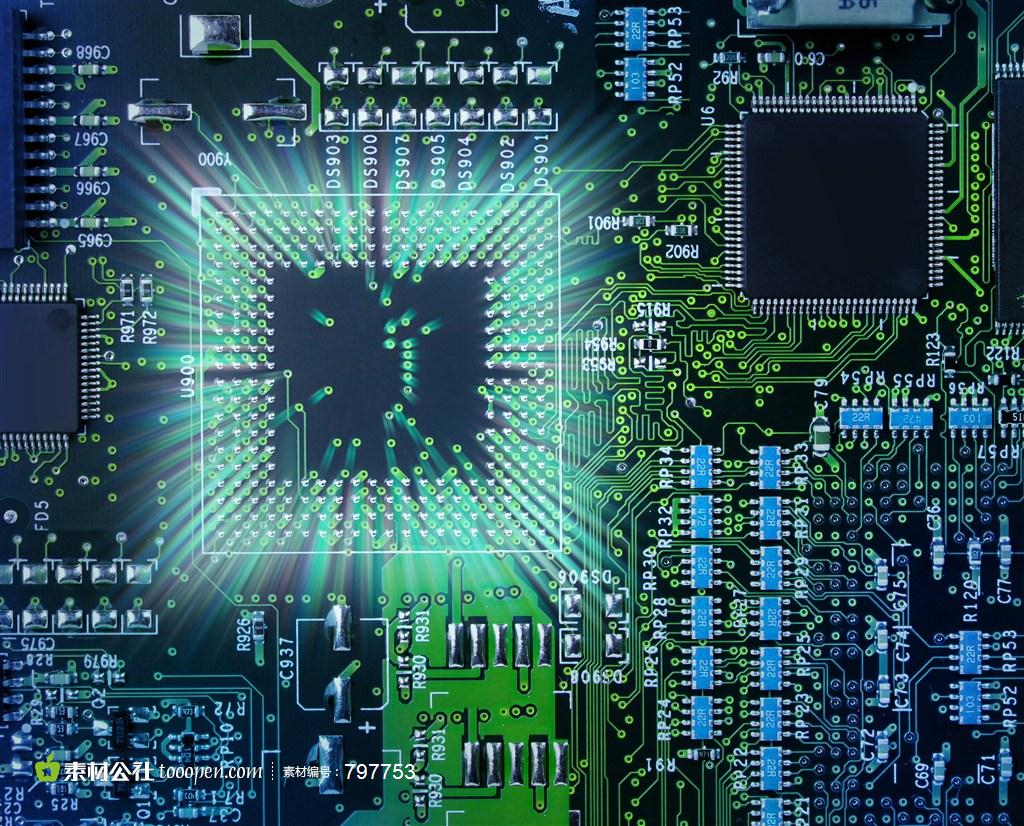
Review of the Development of PCB Technology: the Growth Period of PCB Technology
Growth period
The landmark PCB technologies at this stage are:
(1) In 1953, DuPont applied for a patent for polyimide products (patent No.: US2710853A) to protect polyisophthalimide resin and its film and pipe (in 1960s, DuPont's polyimide film (Kapton ®)、 Vespel ® And Pyre ML ® Commercialization in succession);
(2) In 1953, Motorola developed a double-sided plate with electroplated through-hole; Around 1955, Toshiba Company of Japan proposed the process of forming copper oxide on the surface of copper foil, and copper clad laminate came out. These two methods will also be applied to multilayer boards, and they also promote the emergence of multilayer boards. Multilayer board greatly improves wiring rate; Since then, PCB has been widely used.
(3) In 1954, General Electric put forward the manufacturing technology of using lead tin alloy as the anti-corrosion metal conductor protective layer.
(4) In 1960, V Dahlgreen invented the process of bonding metal foil on thermoplastic film to make circuit graphics, which is the beginning of FPC products.
(5) In 1960, Japan began to make multilayer boards with epoxy resin glass cloth substrate.
(6) In 1963, Hazeltine Research Inc of the United States applied for a patent for electroplating through hole method to make multilayer plates.

(7) In 1964, the American Western Electric Company developed a metal core plate with high heat dissipation.
(8) In 1965, Japan developed FR4 and FR5 copper-clad panels based on epoxy resin glass cloth.
Table 1 Some PCB patents applied in the United States before the introduction of multilayer boards in 1950-1965 (sorted by patent number)
(9) In 1967, Robert J. Ryan and others of RCA Company applied for a patent (US3756891, the core of which is Plated up technology) for the manufacture of multilayer boards, which was the first time proposed by the industry.
(10) In 1968, DuPont invented the Photopolymer Dry Film (Riston ®)。
(11) In 1969, Sanyo Company of Japan developed metal insulated copper clad laminate.
(12) In 1969, Philips developed FPC (FD-R) made of polyimide.
(13) In 1977, Mitsubishi Gas Chemical Company of Japan developed BT resin.
(14) In 1979, Pactel Company invented the "Pactel law" lamination method (metal column structure is used for interlayer connection).
(15) In 1982, Glen E. Leinbach and others of HP Company in the United States developed the Multilayer substrate with micro blind holes (called "Finstrate", which uses laser to process blind holes with an aperture of 0.125mm), and it was mass produced in August 1983
(16) In 1984, NTT invented the ceramic substrate of "Copper Polymide Act" with thin film circuit. Its insulating layer is photosensitive resin, and the through hole is formed by exposing and developing the photosensitive resin.
(17) In 1988, Siemens developed 10 or more layers of "Microwiring Substrate" multilayer PCBs, which are used in large computers to process blind holes with excimer laser.
PCB manufacturers, PCB designers, and PCBA manufacturers will explain the development of PCB technology in the PCB technology growth period.







